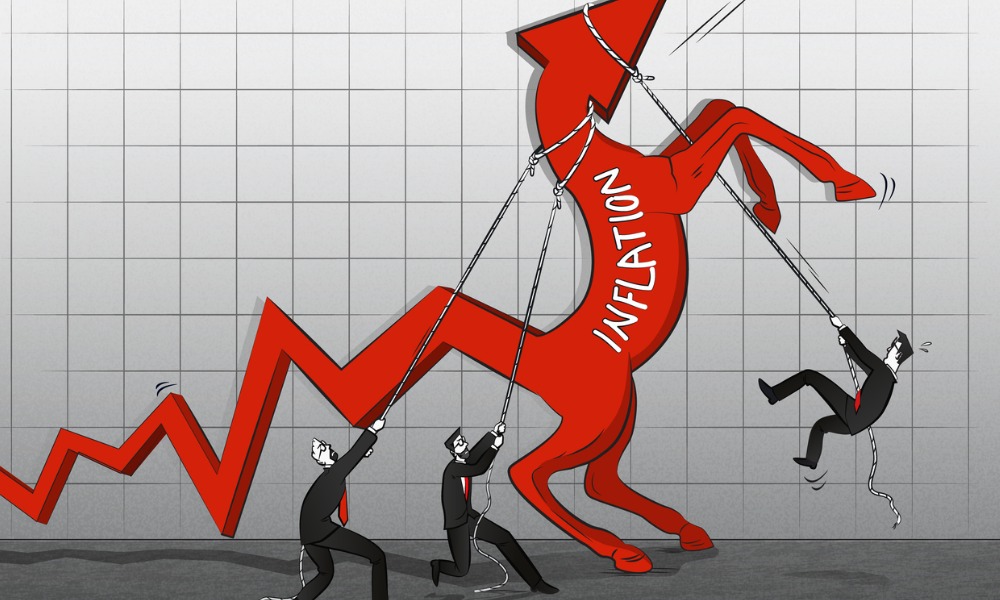Economists predict a calm month for inflation, potentially leading to another Bank of Canada rate cut

Economists forecast that inflation slowed further in May, offering progress for the Bank of Canada after its first key lending rate cut in four years, according to CTV News.
Statistics Canada's report on Tuesday will provide the first inflation reading since the Bank of Canada reduced its benchmark rate by a quarter-percentage-point to 4.75 percent on June 5. Economists suggest this data could prompt another cut in July.
BMO and TD forecast Canada’s annual inflation rate slowed to 2.6 and 2.5 percent, respectively, down from 2.7 percent in April. Douglas Porter, BMO’s chief economist, said, “It looks like it’s a fairly uneventful calm month for inflation. I would say at this stage, less news is good news.”
The Bank of Canada’s decision to cut rates marked a significant turn in its battle against inflation, which peaked at 8.1 percent in mid-2022. It was also the first G7 central bank to lower interest rates, quickly followed by the European Central Bank’s quarter-percentage-point cut this month.
Following the rate announcement, Governor Tiff Macklem stated the Bank of Canada was more confident that inflation was approaching its two percent target, citing various indicators showing reduced price pressures.
Economists believe upcoming inflation data will significantly influence future interest rate cuts. TD’s director of economics, James Orlando, said the next two inflation reports could indicate another rate cut in July.
Orlando noted, “It will open the door for potentially the Bank of Canada deciding to go back-to-back on rate cuts.” Porter agreed, saying it would likely take a “bad reading, either this month or next to stop the Bank of Canada from cutting.”
The Bank of Canada’s summary of its June 5 rate decision discussions revealed debates about waiting longer to lower rates. Ultimately, they decided to cut due to four consecutive months of easing core inflation and indicators suggesting continued downward momentum.
The summary emphasized the bank’s cautious approach, planning to take future rate decisions one at a time. The recent slowdown in core inflation measures, which track underlying price pressures, has encouraged the central bank.
For consumers, slower inflation means smaller price increases, including for groceries. In April, grocery prices grew modestly by 1.4 percent annually, a significant drop from the previous double-digit food inflation.
Porter commented, “Grocery prices are still very high. No doubt about that. But they’ve really stopped rising overall and so grocery has actually gone from being a really big challenge for inflation to being a bit of a helping hand. I expect that to be a quiet source of help in May.”



